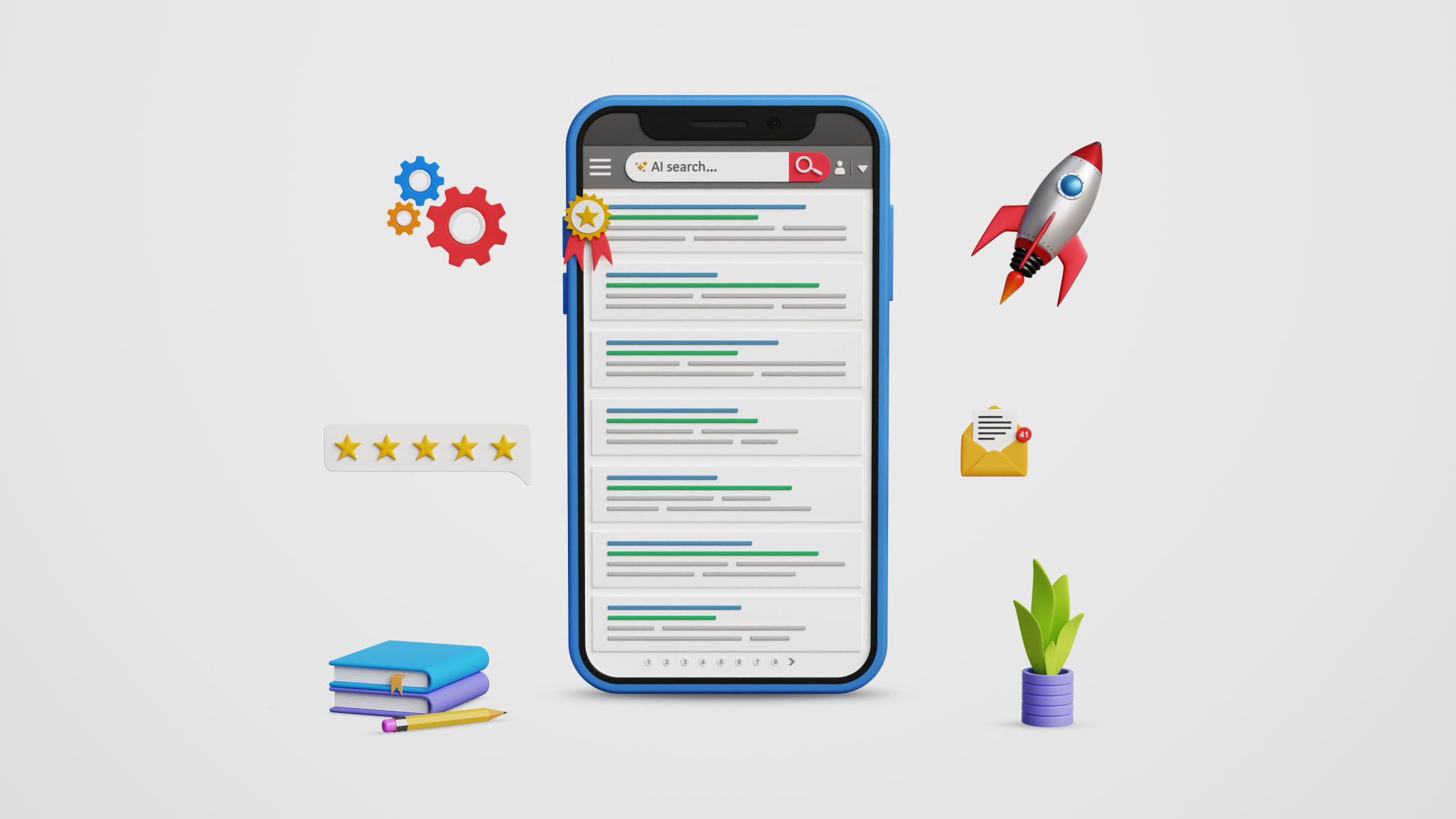Maximizing Your Brand's Presence: The Ultimate SEO Checklist
Understanding Your Audience
Before diving into SEO strategies, it's crucial to understand your target audience. Knowing who they are, what they need, and how they search for information online can significantly impact your SEO efforts. Conduct market research and use tools like Google Analytics to gain insights into your audience's demographics, preferences, and behaviors. This will help you tailor your SEO strategy to meet their needs effectively.

Keyword Research and Optimization
Keywords are the backbone of any successful SEO strategy. Start by identifying the primary keywords that your audience is likely to search for. Use tools like Google Keyword Planner or SEMrush to find relevant keywords with a good balance of search volume and competition. Once you've identified these keywords, integrate them naturally into your website's content, including titles, meta descriptions, headers, and body text.
Moreover, focus on long-tail keywords, which are more specific and less competitive. They often result in higher conversion rates as they target users who are further along in the buying cycle. Don't forget to regularly review and update your keyword list to stay aligned with changing search trends.
On-Page SEO Techniques
On-page SEO involves optimizing individual web pages to rank higher in search results. This includes using descriptive title tags, crafting compelling meta descriptions, and ensuring your site is mobile-friendly. Header tags (H1, H2, H3) should be used appropriately to structure your content and make it easier for both users and search engines to understand.

Another important aspect is optimizing images by using descriptive filenames and alt tags. This not only improves accessibility but also enhances your site's visibility in image search results. Additionally, ensure that your website's URL structure is clean and user-friendly.
Technical SEO Best Practices
Technical SEO focuses on improving the backend of your website to enhance its performance and ensure it meets search engine requirements. Start by enhancing your site's speed, as page load times significantly impact user experience and search rankings. Tools like GTmetrix or Google's PageSpeed Insights can help identify areas for improvement.
Also, ensure that your website is mobile-responsive, as more users are accessing the web via mobile devices. Implementing SSL certificates is crucial as well, as it not only secures your website but also boosts its rankings due to Google's preference for secure sites.

Content is King
Creating high-quality, relevant content is essential for maximizing your brand's online presence. Regularly update your blog with informative and engaging posts that address your audience's needs and questions. Aim to establish yourself as an authority in your industry by providing valuable insights and solutions.
Use a mix of content formats such as articles, videos, infographics, and podcasts to cater to different preferences. Encourage user interaction by allowing comments and sharing options on your posts. Remember, the more value you provide, the more likely you are to attract and retain a loyal audience.
Building Quality Backlinks
Backlinks from reputable websites act as a vote of confidence in your content and can significantly boost your site's authority and ranking. Focus on building relationships with other sites in your niche and guest posting on their platforms. Participate in forums and online communities related to your industry to increase visibility and create opportunities for backlinks.

Avoid spammy link-building practices which can lead to penalties from search engines. Instead, prioritize quality over quantity, ensuring that the links you acquire are from relevant and trustworthy sources.
Monitoring and Analyzing Performance
Once you've implemented your SEO strategy, it's vital to monitor its performance continually. Use tools like Google Analytics and Google Search Console to track key metrics such as organic traffic, bounce rate, and conversion rates. Analyzing this data helps you understand what's working well and what needs improvement.
Regularly audit your website for technical issues, outdated content, or broken links that could harm your rankings. Staying on top of these elements ensures that your site remains optimized for search engines and continues to deliver value to your audience.

Staying Updated with SEO Trends
The digital landscape is constantly evolving, making it essential for businesses to stay updated with the latest SEO trends and algorithm changes. Subscribe to industry blogs, attend webinars, and participate in online forums to keep abreast of new developments. Being proactive allows you to adapt quickly and maintain a competitive edge.
By following this ultimate SEO checklist, you'll be well on your way to maximizing your brand's presence online. Remember that SEO is an ongoing process that requires dedication and flexibility. Keep refining your strategies, focusing on providing value to your audience, and you'll see continuous growth in your brand's visibility and success.
